This strategy has evolved into a direct distribution model, not only a new growth driver for the business but also an adaptive step in a distribution market undergoing profound structural and operational changes. By September 2025, MCH had completed its nationwide expansion roadmap for the new "Direct Coverage" model.
Traditional retail – the “backbone” of the FMCG market – is undergoing restructuring.
The Vietnamese consumer goods market is witnessing a structural shift in its traditional distribution system (General Trade - GT), which accounts for more than half of the industry's total revenue. Since the new business tax policy was implemented in 2025, many retailers, from large distributors to small grocery stores, have proactively adjusted their purchasing and inventory policies to suit fluctuating costs and consumer demand. Reducing inventory helps them better control financial risks, but it also somewhat slows down the flow of goods, especially in the essential goods category.
According to the new guidelines, from June 1, 2025, businesses with revenue exceeding 1 billion VND and those using tax declarations, as well as those with cash registers, must all adopt electronic invoices with real-time data transmission. Subsequently, from January 1, 2026, the "lump-sum tax" method will be completely abolished and replaced by a tax declaration system. Businesses are expected to be categorized into three groups based on revenue size to apply the appropriate declaration method. This is a step aimed at standardizing tax management and increasing transparency among business models. However, during this transitional period, many small businesses are still adjusting, causing a temporary slowdown in the supply of goods in some areas.
Masan Consumer's solution: Direct distribution model
Against this backdrop, Masan Consumer has implemented a direct coverage model, a solution that allows businesses to reach points of sale directly, reduce intermediaries, and more effectively control inventory and market response speed.
This model is designed to support retailers and consumers during this transition period, while helping MCH build a more flexible, data-driven, and sustainable distribution platform, ready for the new growth phase of the FMCG market.
The model operates on three pillars: restructuring the sales team, applying technology, and optimizing service costs. The company has shifted from a fixed route model to flexible geographical coverage, enabling independent expansion to new stores. Simultaneously, Masan Consumer enhances sales management productivity through a digital platform where market data and distribution operations are connected in real time.
Following the pilot phase, point-of-sale coverage increased by 62%, and average productivity per employee increased by 48%, demonstrating the initial effectiveness of the new approach.
This market coverage strategy is powered by artificial intelligence (AI) and real-time data, allowing the business to scale while maintaining operational quality control. The AI system assists the sales team in identifying priority sales points, suggesting product categories and promotions tailored to each region, while each store is integrated with a unique QR code to track sales, inventory, and customer feedback. This combination of technology and data enables Masan Consumer to manage goods more flexibly, reduce inventory, and maintain a stable supply chain in a rapidly changing market.
According to the company, thanks to the reorganized direct sales system, Masan Consumer's sales representatives can now cover 1.5 times more sales points than under the old model.

Technology empowers each employee to proactively plan, receive notifications, and manage a list of sales points to visit directly on a mobile platform, optimizing routes and working time. As a result, goods reach consumers faster, product coverage is deeper, and the ability to respond to market demands is significantly improved.
After these initial results, what comes next?
After more than a year of implementation, the new market coverage strategy has yielded positive initial results, helping Masan Consumer maintain stable growth and strengthen its presence in key areas. However, the company is still in the process of perfecting its model, especially in data standardization and system-wide operational processes.
The transition from a traditional model to a proactive distribution model requires investment in technology, staff training, and seamless coordination between production, sales, and data management. These efforts take time to achieve stability and ensure the model operates smoothly and is adapted to the specific characteristics of each local market.
Mr. Huynh Viet Thang, Chief Financial Officer of Masan Consumer, shared: “Direct Coverage is one of the strategic projects that Masan Consumer has been developing and implementing for over a year, with the goal of enhancing technological capabilities and optimizing the efficiency of the distribution system. Once the system is operating stably, we expect this model to contribute to strengthening the operational foundation, controlling costs more effectively, and increasing the long-term competitiveness of the business.”
Entering the second half of 2025 and beyond, Masan Consumer focuses on expanding its model nationwide and integrating more deeply with the WinCommerce retail system, aiming to build a seamless, efficient, and sustainable supply chain. This new market coverage strategy therefore serves as a long-term foundation, helping Masan Consumer strengthen its distribution capabilities and prepare for the next growth phase as the market gradually returns to equilibrium.
Source: https://www.masangroup.com/vi/news/masan-news/A-New-Distribution-Strategy-Taking-Shape-at-Masan-Consumer.html









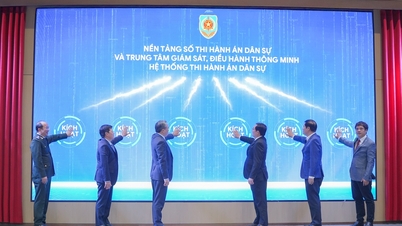


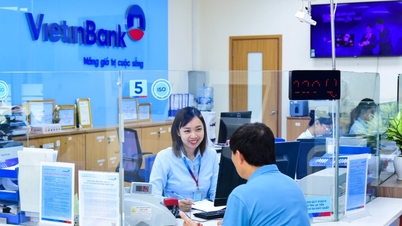














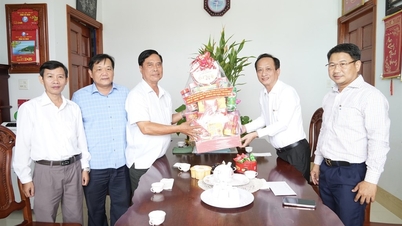










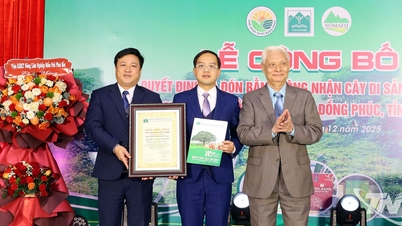

















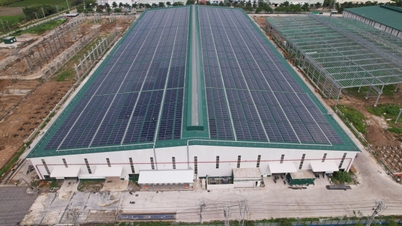

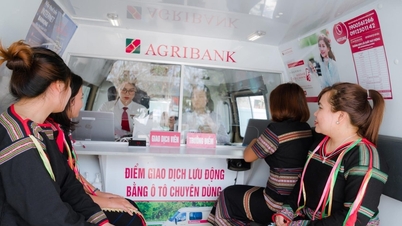
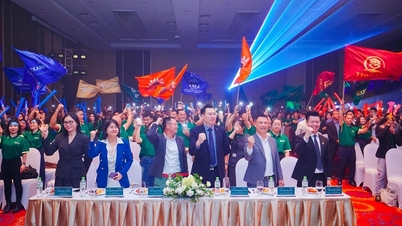
















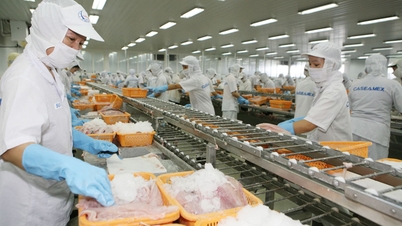
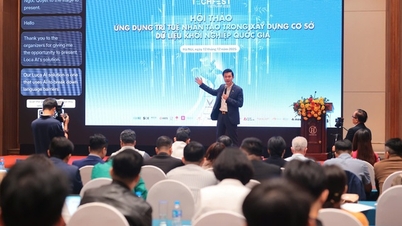

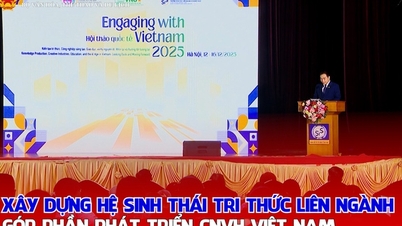

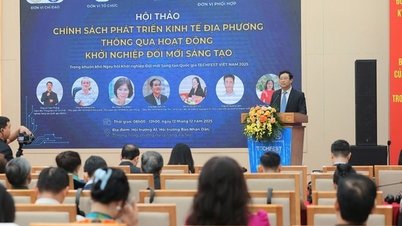



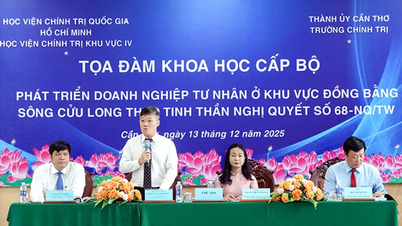




















Comment (0)